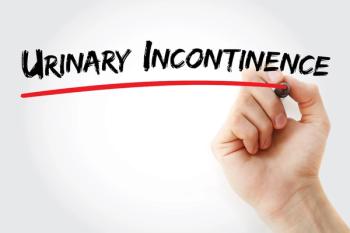
Dr Krunal Patel: New Research Explains the Impact of Early Mechanical Thrombectomy in Acute PE
Key Takeaways
- Early mechanical thrombectomy, within 12 hours of symptom onset, significantly improves patient hemodynamics in acute pulmonary embolism cases.
- The FLASH registry data support the safety and efficacy of thrombectomy devices, with adverse effects occurring in less than 2% of cases.
Krunal Patel, MD, Temple University Hospital, highlights CHEST 2024 data revealing why timing matters with acute pulmonary embolism (PE) intervention.
At the
Patel explained that their research aimed to explore whether performing a thrombectomy within 12 hours of symptom onset yielded better outcomes than later interventions. The findings suggested that earlier intervention could significantly improve patient hemodynamics, hinting at the potential for new guidelines in the treatment of PE.
This transcript has been lightly edited for clarity.
Transcript
What were the highlights from your CHEST session focusing on navigating pulmonary embolism (PE)?
It was an interesting presentation. We were really talking about the FLASH registry database; there had already been recently published data called the FLASH registry. So, just doing a high-level review—it really looked at the efficacy of their mechanical thrombectomy catheter devices. It showed that it's a relatively safe product, had adverse effects of less than 2%, and had high-level mortality benefits. What we really wanted to check, Dr. [Parth] Rali—who's also one of my mentors and colleagues at Temple University—and I wanted to see whether early vs late mechanical thrombectomy had any sort of signal.
We know mechanical thrombectomy works. I think now the next question is not whether it works or not or if it's safe—those answers have relatively been answered—it's more so timing. We know for cardiac, for MIs [myrocardial infarctions], the door-to-balloon time is about 90 minutes. So our kind of thought-provoking study was to determine if we can maybe figure out a signal to determine whether early, less than 12 hours, intervention vs slightly delayed, greater than 12 hours had any sort of positive signal.
Were there any interesting findings from your research examining the influence of expedited mechanical thrombectomy on outcomes in acute pulmonary embolism?
Yeah, so you imagine the short [interval] group was slightly sicker. The average time in the short interval [intervention], which was 12 hours or less, was about 6 hours to intervention. Then, the longer group was about 24 hours to intervention. Even though we had stratified the 2 groups into short—from less than 12 hours and greater than 12 hours—the average was about 6 hours vs about 24 hours. And you can imagine that the shorter group was slightly sicker.
But even when we kind of accounted for their level of acuity and level of sickness, still they had greater benefit in their hemodynamics; so their mean pulmonary artery pressures, their systolic pulmonary artery pressures, their 6-minute walk tests were all a lot better, even when we kind of calculated for these confounders. So, that was very interesting. It begs the question of whether we should be intervening on these patients at an earlier timeframe rather than slightly delayed.
Reference
Patel KH, Rali P. Influence of expedited mechanical thrombectomy on outcomes in acute pulmonary embolism: FLASH registry insights. CHEST. 2024;166(4):A5837-A5838.
Newsletter
Stay ahead of policy, cost, and value—subscribe to AJMC for expert insights at the intersection of clinical care and health economics.





























































